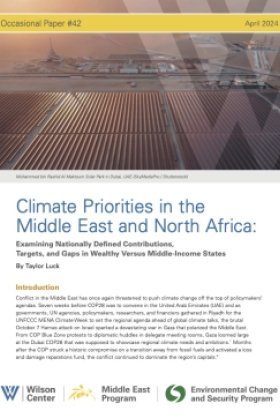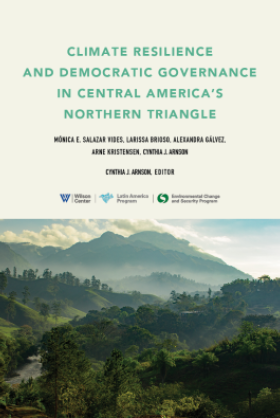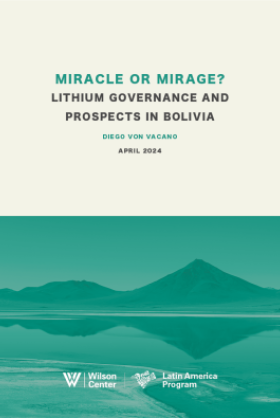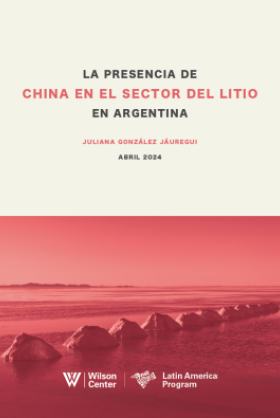natalia_maroz/Shutterstock.com
10 Years in Nepal: What the Hariyo Ban Program Taught Us about Integrating Community Resilience, Climate Adaptation, and Biodiversity Conservation
For 10 years, USAID’s Hariyo Ban Program has worked to build ecosystem and community resilience in Nepal. Over the course of the project, the country’s political system underwent significant changes and the country faced the devastation of a major earthquake and COVID-19. Despite these challenges, through close collaboration with partners at all levels—from communities to the central government—the project successfully conserved biodiversity, facilitated climate change adaptation, and improved the lives of forest-dependent people. As the conservation community tries to stem the tide on devastating rates of biodiversity loss and the development community works to address climate change, mounting inequities, and a health and economic crisis around the world, the Hariyo Ban Program provides important lessons for building resilience through participatory and inclusive natural resource management, working across multiple scales of decision-making, and scaling up successful approaches and ensuring their sustainability.
Overview
The Hariyo Ban Program is one of the best examples of a sustainable development initiative that I’ve ever seen, said Nik Sekhran, Chief Conservation Officer of the World Wildlife Fund-US during a recent Wilson Center event on lessons learned from a decade of building resilience through participatory and inclusive natural resource management, climate adaptation, and biodiversity conservation in Nepal.
“Nepal has been a good news story on the environment front,” said Sekhran. The Hariyo Ban—or “Green Forests” in Nepali—program has withstood major national changes and built strong support across successive governments for environmental protection, he said. This has been possible at all levels of government and yields important lessons for future development and conservation efforts.
Adapting to risks, change, and sudden shocks
“We try to embrace taking certain types of programmatic risk when doing so has a good chance of generating a large development impact or learning of global relevance,” said David Chalmers, Acting Director of the Social, Environmental and Economic Development Office at USAID Nepal. USAID employs risk mitigation measures across their entire portfolio, including environmental safeguards, and Hariyo Ban offers great lessons learned regarding risk management, said Chalmers. He also said that managing complexities were a shared effort between USAID, Nepal’s government, and other partners, which demanded a multi-sectoral program approach.
Multiple complex challenges and shocks occurred in 2015 in Nepal, including a devastating earthquake. The same year, a new constitution was promulgated, and government structures were reorganized. Hariyo Ban immediately re-strategized and coordinated with the new federal government, provincial government, and local governments, said Maheshwar Dhakal, Secretary of the Ministry of Industry, Tourism, Forests, and Environment.
Working across multiple scales “enabled us to angle our approaches to work at the right scale for the right issue—ecologically, socially, and politically,” said Judy Oglethorpe, former Chief of Party of the Hariyo Ban Program at WWF-US. Access to adaptable funding was critical in ensuring the success of the program. USAID’s funding enabled a comprehensive approach to span many different disciplines, especially for the climate adaptation work, she said. Additionally, the USAID funding allowed for flexibility to respond to new opportunities within the program’s objectives. This was extremely valuable in improving cross-cutting components such as livelihoods, gender empowerment and social inclusion (GESI), and governance.
The value of mainstreaming governance and GESI
The Hariyo Ban Program emphasized engaging more women, youth, and people who are marginalized—engaging them in effective leadership, decision-making, and advocacy, said Mona Sherpa, Assistant Country Director – Program Quality of CARE Nepal. This approach was critical in mainstreaming GESI and governance in its program objectives. Hariyo Ban effectively promoted sustainability by recognizing the importance of community solutions that integrated social-cultural dynamics. This included the forest-dependent livelihood needs and the differential impact of climate change on women, the Dalit, and other indigenous communities, said Sherpa. By taking a localized approach geared towards community solutions to interconnected challenges, Hariyo Ban helped tackle critical biodiversity threats and climate vulnerabilities, alongside addressing power relations and improving people’s lives.
To address governance gaps and challenges at the community level, the Hariyo Ban program utilized community learning and action centers to bring together women and marginalized communities. These centers helped program implementors understand the issues afflicting the communities, and helped build the self-confidence of women and marginalized populations to tackle challenges they face—including gender-based violence, said Oglethorpe. Additionally, she said women and marginalized communities learned about their rights to sharing benefits from the forest and engaged in decision-making roles through these community learning and action centers.
The Hariyo Ban Program successfully improved the governance and GESI in Nepal’s community forests through a “policy advocacy process” that organized continual dialogue with the government and multiple levels of stakeholders, said Bharati Pathak, Chairperson of the Federation Community Forest Users in Nepal. One of the successes in advancing GESI in the community and improving participation of women and marginalized populations has been through the Forest Act, which allocates 50 percent of forest income toward women’s empowerment and to poor people, she said.
The Hariyo Ban Program was also a community mobilizing partner for the anti-gender-based violence campaign organized in the community forest user group. As a consulting partner of community mobilization, the Hariyo Ban Program, local communities, CARE Nepal, and other partners developed a mobilization guideline to use for improving governance processes, said Pathak.
Partnerships enabled broader, more sustainable success
The interdisciplinary consortium’s partnership with the Government of Nepal was significant, said Oglethorpe. Hariyo Ban worked with local authorities to integrate and expand some of their methods with the government strategies. Hariyo Ban also tapped into partnerships with both development and conservation NGOs with unique contributions and expertise that enabled the program to extend its reach and contribute to its success.
From inception to the project’s completion, the Hariyo Ban Program’s institutional networking design was among the most critical aspects for success, said Dhakal. This was done by instituting networking mechanisms through the focal points of the consortium’s partners, including the policy steering committee and working groups.
As the 10 year-long Hariyo Ban Program ends in Nepal, it leaves a legacy of effective policy change that highlights the impacts of strong and lasting partnerships among consortium partners in coordination with the government. By integrating a comprehensive approach that values gender equality and social inclusion in conservation efforts, Hariyo Ban sets the mark for building biodiversity resilience and climate adaptation approaches at community, provincial, and national levels.
Written by Ratia Tekenet, edited by Jill Baggerman.
Continue the conversation on Twitter @NewSecurityBeat. Find related coverage of these issues on our blog, NewSecurityBeat.org.
Panelists
David Chalmers
Maheshwar Dhakal
Judy Oglethorpe
Bharati Pathak
Mona Sherpa
Hosted By

Environmental Change and Security Program
The Environmental Change and Security Program (ECSP) explores the connections between environmental change, health, and population dynamics and their links to conflict, human insecurity, and foreign policy. Read more

Indo-Pacific Program
The Indo-Pacific Program promotes policy debate and intellectual discussions on US interests in the Asia-Pacific as well as political, economic, security, and social issues relating to the world’s most populous and economically dynamic region. Read more
Thank you for your interest in this event. Please send any feedback or questions to our Events staff.










